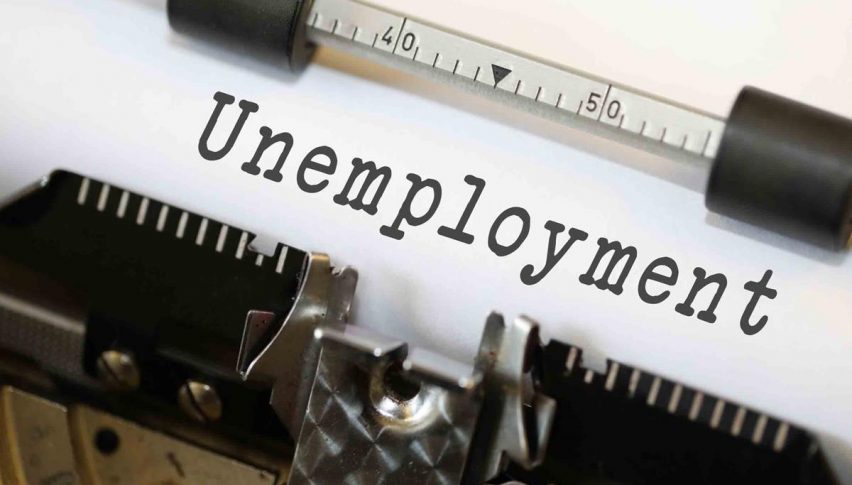AUDUSD Heads Toward 0.70 After Strong Australian Retail Sales
Since early August, the AUD/USD pair has strengthened, climbing over 6 cents, driven by the Federal Reserve’s 50 basis point rate cut and improved risk sentiment from China’s stimulus measures. However, a 40-pip pullback occurred yesterday, pushing the price below 0.69 after Fed Chair Jerome Powell took a more cautious tone, pushing back on the possibility of a 50 bps cut at the November policy meeting.

Earlier, China had introduced fresh fiscal stimulus over the weekend, causing AUD/USD to hit its highest level since February 2022 during the European session, nearing 0.70. Powell’s remarks, however, reversed this momentum during the US session. Throughout this bullish run, key moving averages on the H4 chart have provided support, especially the 20 SMA at 0.6890 and the 50 SMA at 0.6860-70. If these levels hold, the uptrend may continue, but a break below could signal a trend reversal. The retail sales report last night was stronger than expected, showing that the Australian consumer remains firm, which gave the Aussie another boost.
AUD/USD Chart H4 – MAs Have Been Keeping the Trend Bullish
The rally has primarily been fueled by the weakening US dollar and the expectation of another 50 bps Fed rate cut, which remains a possibility. On the other hand, the Reserve Bank of Australia (RBA) has maintained its hawkish stance, showing no intention of cutting interest rates, potentially shifting the trend temporarily. Additionally, a fresh batch of Australian economic data was released today, adding further insight into the country’s economic trajectory.
Australian Retail Sales for August
- Retail sales rose +0.7% m/m, exceeding the +0.4% expected
- July retail sales were flat at 0.0%
- August retail sales increased by +3.1% y/y, the strongest since May 2023
Australian Final September Manufacturing PMI
- Final manufacturing PMI for September came in at 46.7, unchanged from the flash reading
- Previous month’s PMI was 48.5, with prior reading at 48.7
Key Insights from the Report
- Manufacturing sector hit cyclical lows in September
- Demand remains soft amid elevated business cost pressures
- PMI at lowest since 2016, excluding early pandemic period
- Output and new orders significantly below the neutral level of 50
- Sector has been in contraction for eight months, with employment index averaging 47.9
- Input and output price pressures have normalized to pre-pandemic levels, but margin pressures are still substantial
- Supply chain disruptions persist, with delivery times below pre-pandemic levels for three months
- Business expectations for the next 12 months remain positive but are below pre-pandemic averages
Australia’s retail sales in August showed stronger-than-expected growth, suggesting resilience in consumer spending. However, the manufacturing sector continues to struggle, with September’s PMI reaching its lowest point since 2016, excluding the pandemic’s onset. Weak demand, rising costs, and ongoing supply chain challenges are keeping the sector in contraction, despite some optimism for the year ahead.
















